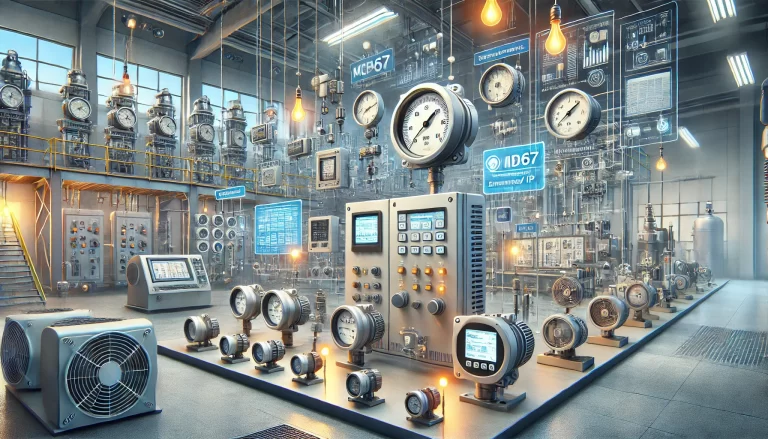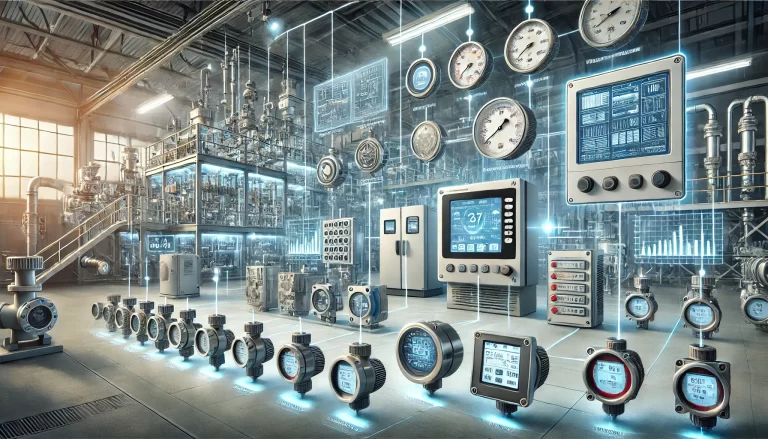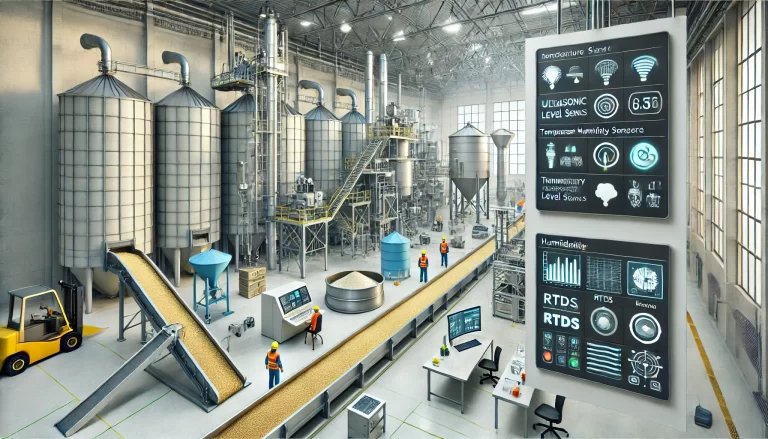Reliable instruments play a critical role in equipment management and industrial automation. They monitor and control essential parameters such as temperature, pressure, and flow, ensuring stable production processes, improved efficiency, and high product quality. This guide provides a detailed overview of how to select the most suitable instruments for your equipment by addressing key considerations.
1. Accurately Define Equipment Needs and Instrument Functions
The first step in selecting an instrument is to clearly identify the measurement requirements of your equipment. Since different devices measure varying parameters, choosing the right instrument type is essential. Common measurement parameters include flow, pressure, temperature, current, and voltage.
Measurement Range and Accuracy: Ensure the instrument’s range covers all possible operational variations to avoid inaccuracies or range overflow. High precision is vital to guarantee reliable data and adherence to application standards.
Dynamic Response: Some systems require instruments that respond swiftly to environmental changes, particularly in dynamic process controls. Instruments with fast response times and robust stability are essential in such scenarios to ensure accurate real-time feedback.

2. Assess Environmental Suitability for Stable Performance
Equipment often operates in complex and variable conditions. Selecting instruments compatible with these environments is crucial for long-term accuracy and stability.
Temperature and Humidity: Instruments must withstand extreme temperatures or significant humidity fluctuations. For harsh environments, choose instruments designed for high or low temperatures and those with moisture resistance.
Protection Ratings: If the equipment operates in dusty, dirty, or wet conditions, ensure the instruments meet high protection ratings such as IP65 or IP67 to maintain performance under extreme conditions.
Corrosion Resistance: In environments with corrosive gases or liquids, select instruments made with materials that resist corrosion to prevent performance degradation.
3. Ensure Interface and Communication Protocol Compatibility
Efficient data exchange between instruments and equipment is critical for seamless integration and control. Confirm that the selected instruments are compatible with existing systems.
Physical Interface Compatibility: Match the instrument’s output signals with the control system’s inputs, whether analog (e.g., 4-20 mA, 0-10 V) or digital (e.g., HART, Modbus, Profibus).
Supported Communication Protocols: Instruments integrated into automation systems must support standard communication protocols (e.g., Modbus, Ethernet/IP) for smooth interaction with PLCs, DCSs, and SCADA systems.
4. Plan Installation and Space Requirements
Proper installation planning ensures accurate instrument operation and facilitates maintenance.
Size and Installation Method: Choose instruments that fit the available space and align with equipment layout, whether they require pipeline mounting, wall mounting, or vertical placement. Improper installation can compromise performance.
Ease of Operation and Calibration: Select instruments with user-friendly interfaces for straightforward setup and adjustment. Instruments that are easy to install, calibrate, and deploy can save significant time and labor.

5. Prioritize Long-Term Stability and Low Maintenance Costs
Instrument stability and maintenance costs directly affect operational efficiency and total ownership costs. Opt for reliable and durable instruments.
Durability and Lifespan: High-quality instruments provide superior measurement precision and longer service life. Instruments with stable performance reduce failure rates and ensure smooth operations.
Ease of Maintenance: Advanced instruments with self-diagnostic capabilities can identify potential issues early, minimizing downtime. Additionally, choose suppliers that offer comprehensive technical support, warranties, and repair services.
6. Embrace Smart and Future-Oriented Technology
In the era of Industry 4.0 and smart manufacturing, the digitization and intelligence of instruments are becoming increasingly important. Modern intelligent instruments go beyond data collection to offer analysis, alerts, and remote control.
Data Storage and Analysis: Instruments with built-in storage and analysis functions enable real-time monitoring and predictive maintenance, reducing unexpected production interruptions.
Remote Monitoring and Automation: Intelligent instruments capable of remote monitoring and control are particularly advantageous for distributed systems or centralized production lines, significantly enhancing management efficiency.

7. Balance Budget and Cost-Effectiveness
While high-quality instruments may involve higher upfront costs, they can reduce equipment failures and maintenance expenses over time, offering superior cost-effectiveness.
Total Cost of Ownership (TCO): Beyond initial purchase costs, evaluate ongoing maintenance, energy consumption, and operational efficiency. Instruments with excellent performance and low maintenance needs deliver long-term benefits.
Conclusion
Choosing the right instrument not only ensures precise measurements but also enhances equipment performance, improves production efficiency, and lowers operational costs. By thoroughly considering environmental suitability, functional requirements, interface compatibility, installation planning, maintenance, and intelligent features, equipment managers can select highly effective instruments that perform reliably in complex and dynamic environments. This selection process lays a solid foundation for achieving intelligent manufacturing and digital transformation.
